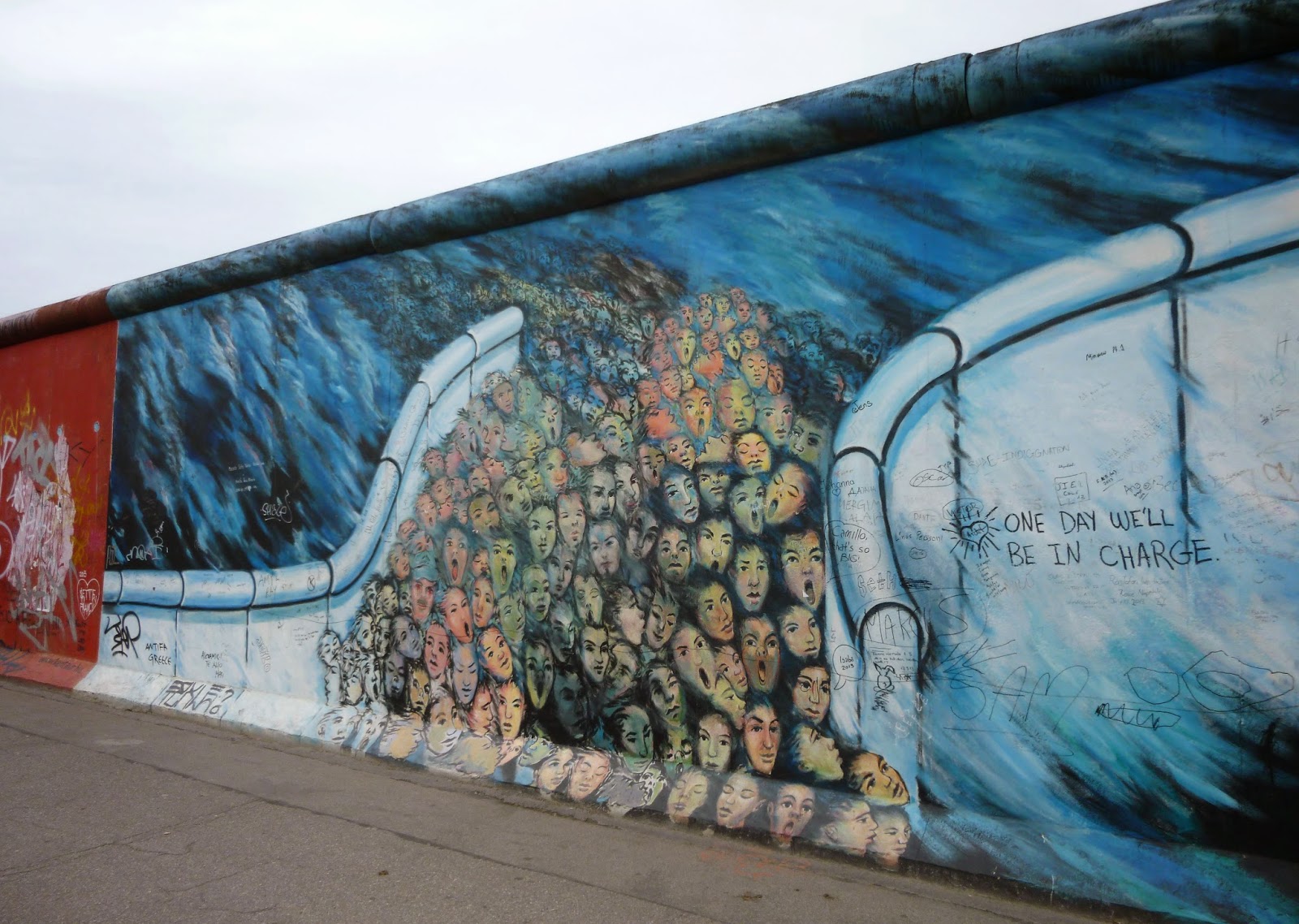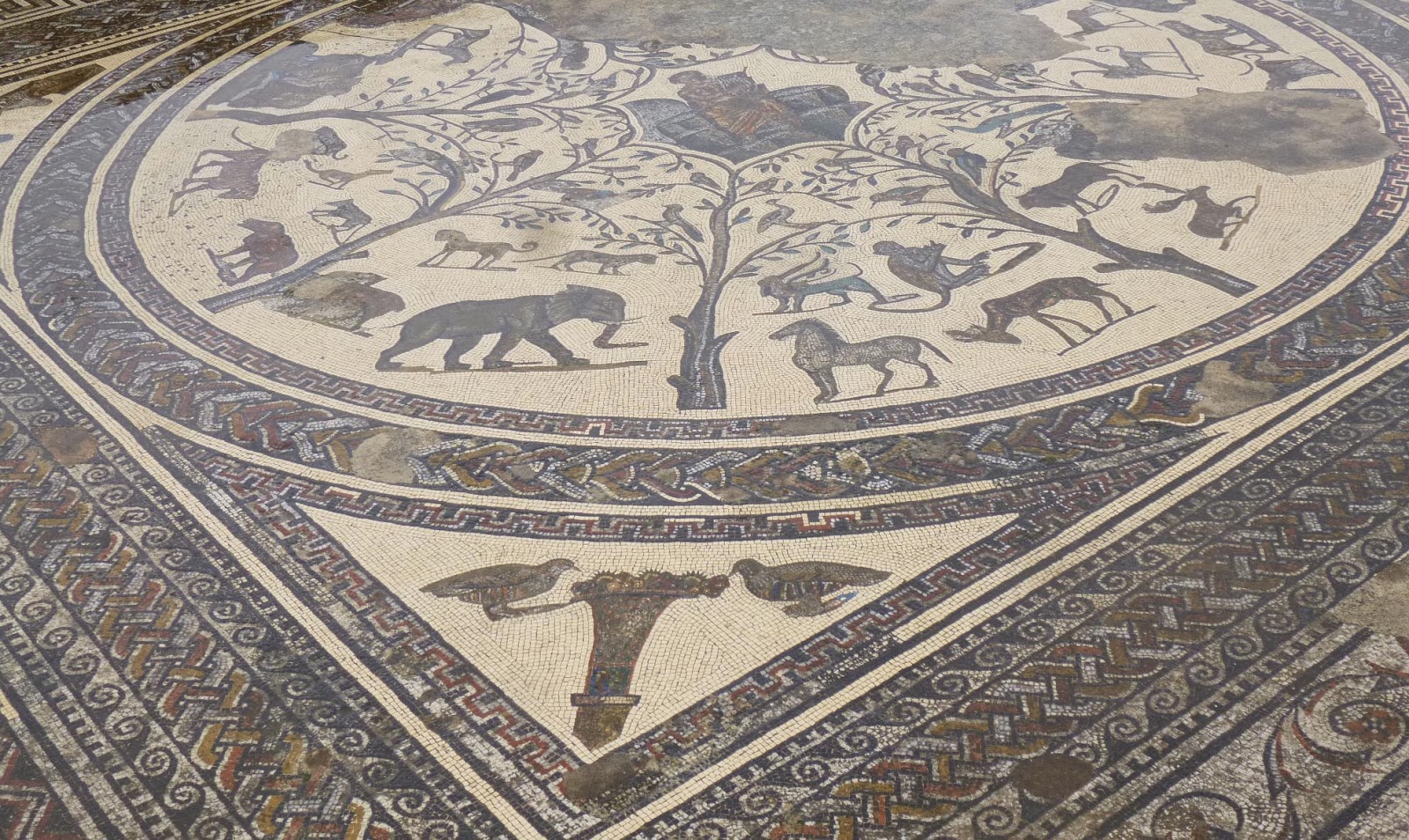Many of you who were following our travels for the past year may be wondering, why is Karen off to another country? The answer is that over the past decade I have worked with a few different Brazilian graduate students and professors who are working on what I consider to be some of the most exciting and interesting tropical forest restoration projects in the world. And, one of the people, Pedro Brancalion at the University of São Paulo, Piracicaba campus (about 2 hours north of São Paulo) and I wrote a small grant to the São Paulo state science funding agency (which ironically has much more funding than in the US National Science Foundation) to pay for my travel to come meet with students and advise them on a number of their research projects. Late-August/early-September was the last time I could make the trip before I re-entered full force into my teaching and administrative duties at UCSC. So, I took the opportunity to go, and also visit a few other scientists while there.
A bit of background about the ecology and land-use in Brazil…. Brazil is a large country (only slightly smaller than the US). The ecosystem that one hears about most often in the US is the Amazon forest in northwestern Brazil, which is the largest remaining rain forest in the world. There have been strong efforts to reduce deforestation there over the past couple decades due to the important role it plays in conserving biodiversity and sequestering carbon, as well as serving as the home for a number of indigenous groups. The Amazon region covers about 40% of Brazil, as well as parts of a few neighboring countries.
Most of the population of Brazil, however, is located in the southeastern portion of the country which was colonized by the Portuguese in the 1500s and was largely deforested in the 18th and 19th centuries. This region was once mostly covered by the highly diverse Atlantic forest, which hosts over 20,000 species of plants, but less than 12% of the original forest cover remains. So, this is the region where the forest restoration efforts in Brazil are focused. Most of the land in the southeast is currently in pasture, sugar cane, or Eucalyptus plantations; Brazil is the largest producer in the world of paper tissue for things like toilet paper and paper towels, which comes primarily from Eucalyptus trees (that are native to Australia). The center of the country (where the capital of Brasilia is located) is covered by a mix of savannah and dry forest systems (24% of the land area total). There is still extensive clearing of these habitats, primarily for soybean and sugar cane, but at the same time there is some work on restoring some previously degraded habitats.
 |
| Major ecosystem types in Brazil |
 |
| Forest cover in Brazil. Original forest cover of Atlantic forest is outlined in yellow. Photo credit: WWF |
It is also important to know a bit about the Brazilian forest code, which motivates most of the restoration projects and related research sites that I visited. Brazil has a strict forest code, although it has been loosely enforced to date, that requires properties to have a minimum of 20% forest cover in the southeastern region and more in the Amazon; the law also requires forest buffer strips along waterways to uptake excess nutrients from agriculture. Since there is well below 20% forest cover in most of southeastern Brazil, this has led to forest restoration efforts at a scale well beyond anything I have seen elsewhere in the tropics. Another noteworthy point is that the forest code was changed in 2012, largely in response to pressure in agro-business, to relax a number of the requirements (e.g. narrowing the width of the forest buffer strips). On the positive side, one improvement of the new law was a requirement to register all farms for better record keeping and this has recently been completed. So the hope of the scientists with whom I spoke is that at least the new law will be better enforced, but only time will tell. Like in the US, the strength of environmental laws and the degree to which they are enforced varies by state and São Paulo State is by far the leader in forest restoration. In 2009, the Atlantic Forest Restoration Pact was formed, which is a group of nearly 200 partners/stakeholders, including national and international NGOs, governmental agencies, private companies, and research institutions, who are aiming to collectively facilitate and carry out the restoration of 15 million hectares of Atlantic forest (a hectare is 10,000 m2 or 2.5 acres) .
 |
| Discussing ideas with Pedro Brancalion and Ph.D. student Alicia Calle in a 7-yr old restoration experiment. |
1. The scale of the restoration. I visited multiple restoration 300-ha restoration projects (so entire watersheds) and they have been restoring ~2300 hectares of forest per year over the past 10 years. There are also many hundreds of kilometers of restored buffer strips along waterways. I visited a couple of different nurseries that have the capacity to produce 1-4 million tree seedlings annually and there are 230 nurseries (not all quite as large) registered in the state with capacity to produce up to 50 million seedlings per year.
2. The diversity of the species used. In the US and even in other tropical regions it is much more common to plant somewhere on the order of 10-20 species. In the Atlantic forest restoration projects, it is common to plant 80 or more trees species, using a mix of fast, medium, and slower growing species, and they are starting to experiment with other life forms (e.g. native grasses, herbs and shrubs) particularly in the savannah regions where those growth forms represent a large proportion of the diversity. One of the nurseries I visited had propagated ~400 tree species and typically has 120 species available at any given time.
3. The degree to which scientists are working with forestry companies, farmers and other businesses to develop financial models that will make large-scale restoration more financially feasible. For example, the lab I visited has various studies with logging companies interplanting Eucalyptus in lines with native tree species, as the Eucalytus grow rapidly, shading out the exotic pasture grasses, and can be cut after 3-6 years to help cover some of the costs of the initial planting. I also visited a few different agroforestry sites where they are combining planting of non-timber forest products for land-owners to get income, such as various palm species, to harvest palm hearts or berries (such as acai berries which are becoming increasingly popular worldwide). I visited multiple studies testing green manures (rapid growing early successional herbs and shrubs) to control the pasture grasses more economically while using less herbicides.
4. The degree to which the scientific research is tied to informing Brazilian forest policy. Several of the experiments I visited were specifically designed to test the effects of changes in the forest law: for example, one study was planted with different widths of riparian forest buffers to compare their effects. As another example, over 70 agencies in São Paulo State have worked together to develop a standardized monitoring plan to help land owners evaluate the success of restoration efforts.
5. The research opportunities – for those of you scientists reading this I can say that the opportunities for large-scale replicated research in a working landscape are outstanding, and all the scientists I interacted with were eager to have additional collaborators working on complementary questions.
 |
| 5-7 yr old, 300-ha forest restoration site. All visible forest is "restored". Grass patch on left shows the "pre-restoration" conditions. |
 |
| 20 yr old forest restoration buffer surrounding a lagoon |
 |
| Tree seedling nursery at SOS Mata Atlantic NGO with 1 million seedling capacity |
 |
| Seeds of 48 of the nearly 400 species they have propagated at the nursery |
 |
| Touring an agroforestry site near Barra do Turvo where the farmer grows palms, native timber species, and ~10 other harvestable crops |
While I spent most of my time in restoration and agroforestry projects within about a 2 hour radius of Piracicaba, my hosts also tok me to a couple of projects farther away and combined those with visits to two beautiful intact forests: Carlos Botelho State Park (which is the largest intact Atlantic forest site with 35,000 ha protected) and Serra do Mar State Park along the coast where in places the forest covers is intact from the mountains to the beach.
 |
| Above and below - views of the forest at Carlos Botelho State Park. Note the extensive epiphytes and lianas. |
 |
| Landscape on drive leaving Carlos Botelho Sate Park. |
 |
| Serra do Mar forest |
I spent most of my time interacting with various professors in Sao Paulo State (Pedro Brancalion, Ricardo Rodrigues, Sergius Gandolfi, Vera Lex Engel, and many of their graduate students), as well as my former Ph.D. student Daniella Schweizer who is doing a post-doctoral fellowship in Pedro's lab. Then on my way back to the US I stopped in Brasilia to visit three researchers who all did visiting stays in my lab as graduate students nearly a decade ago: Daniel Vieira (works for the Brazilian version of USDA), Alexandre Bonesso Sampaio (works with a research institute associated with the Brazilian national park system), and Isabel Belloni Schmidt (professor at the University of Brasilia) . It was rewarding to catch up with them and see the interesting work they are doing studying methods and implementing project to restore savannah (cerrado) and dry forest systems.
 |
| Visit to savannah (background) restoration projects with students working with Daniel Vieira (yellow shirt to my right) and Alexandre Bonesso Sampaio and Isabel Belloni Schmidt (left of me) |
While my visit is over and I am now settling back to my routine in Santa Cruz, I anticipate that I will continue to collaborate with professors and graduate students in southeastern Brazil to both learn from and provide feedback to their work.
Abraços,
Karen
Abraços,
Karen
























_February_2014.jpg)



















